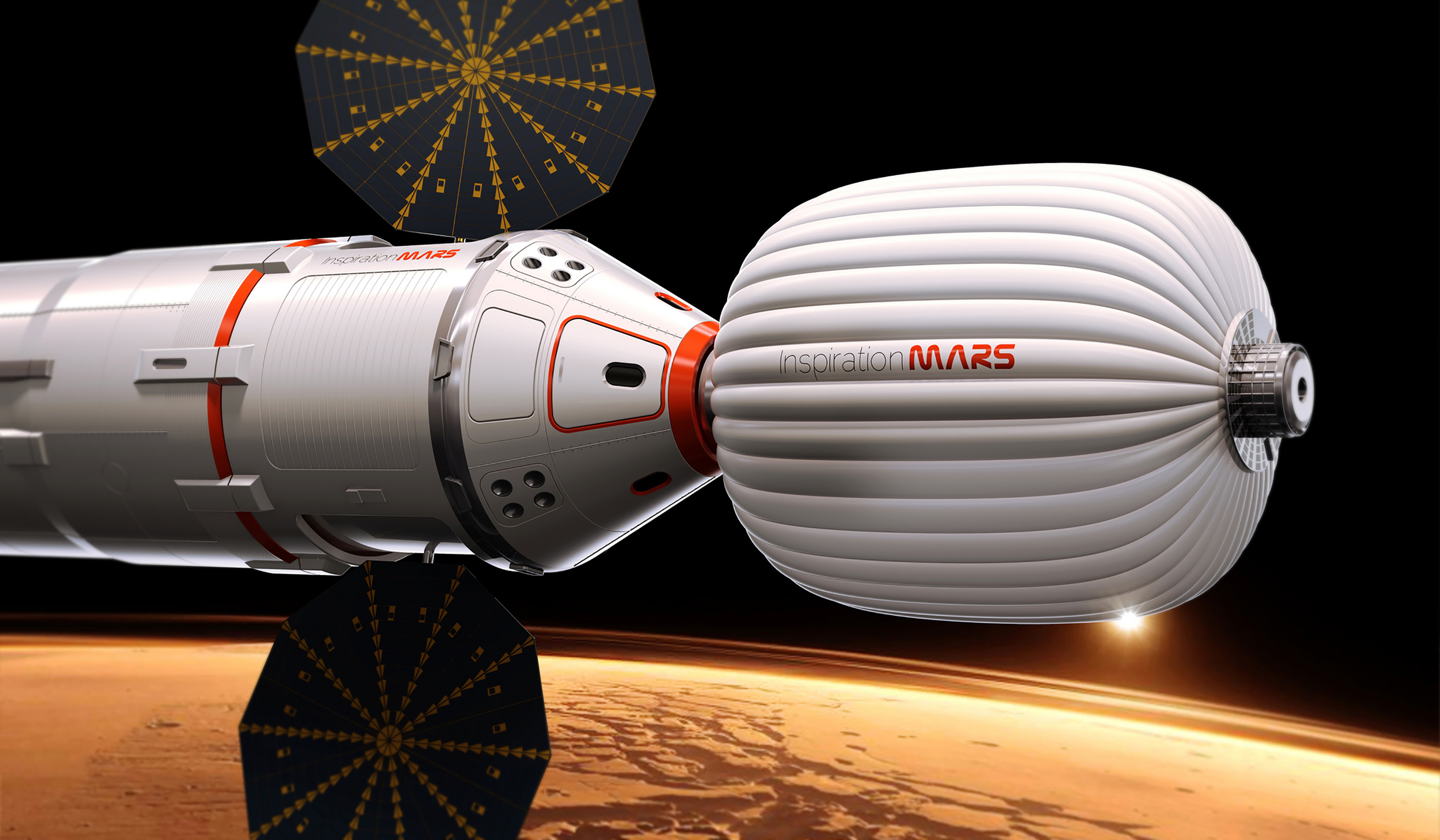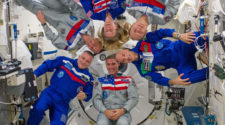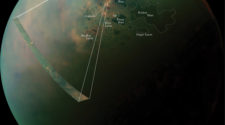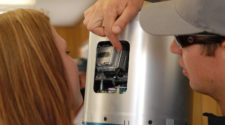
Mars seems to be the hottest vacation destination for interplanetary travel right now. With many plans floating around to send rovers, orbiters, even human missions to orbit and settle, Mars is a hot topic in space travel discussions right now. Dennis Tito, the first person to travel to space as a tourist with a purchased ticket, vacationed aboard the International Space Station for eight days in 2001. Earlier this year, Tito announced his plans to give two people the opportunity of being the first to take in the sight of Mars, firsthand.
At 23, Tito was an Engineer working at NASA’s Jet Propulsion Laboratory, responsible for the design of trajectories for the Mars and Venus Mariner Spacecraft missions. Though his career has not always centered around space, his passion certainly did. His initiative, “Inspiration Mars”, has an ambitious blueprint mapped out for seeing a two person crew (one male, one female) travel to Mars. Landing on the surface of the planet is not on the itinerary. Instead, they will orbit within 100 miles of Mars’ surface, then use the planet’s gravitational influence to slingshot the vehicle on a safe journey home. Every 15 years, the planets align, opening a window that allows for a minimal round-trip travel time of 501 days. Therefore, the target launch date is January 5, 2018. After 2018, this chance at reduced travel time will not occur again until the year 2031.
“Experts have reviewed the risks, rewards and aggressive schedule, finding that existing technologies and systems only need to be properly integrated, tested and prepared for flight,” said Taber MacCallum, chief technology officer for Inspiration Mars.
Aside from the primary goal of reaching Mars and returning to Earth safely, Inspiration Mars also hopes to gain the interest of STEM students and provide scientific, educational and engineering opportunities using NASA inspired technologies.
With a growing team of partners supporting this project both financially and logistically, Inspiration Mars has the realistic potential of breaking new ground in deep space travel. The success of this mission could be the turning point that sends us out of low earth orbit and into the unknown.
“When nations boldly follow opportunities, rooted in curiosity and guided by technological innovation, they grow, prosper, learn and lead. And this is what makes a nation great,” said Dennis Tito, chairman of the Inspiration Mars Foundation. “This is ‘A Mission for America’ that will generate knowledge, experience and momentum for the next great era of space exploration. It will encourage and embolden all Americans to believe, again, in doing the hard things that make our nation great, and inspire the next generation of explorers to pursue their destiny through STEM education.”



